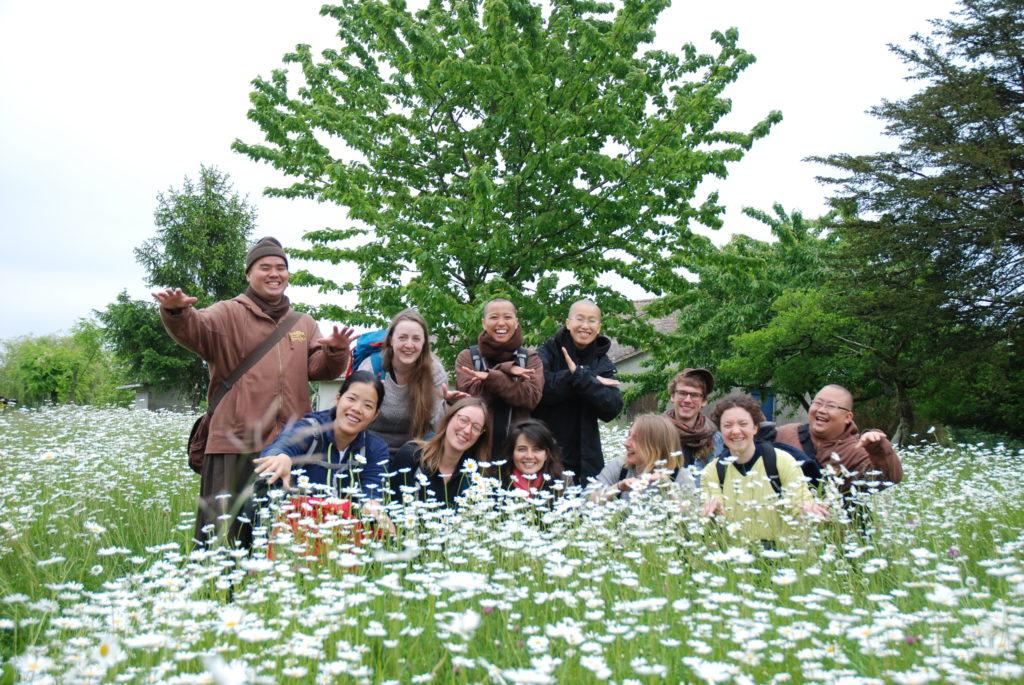6 Expert-Approved Ways To Squash Even More Stress On Your Next Walk
The foundation for healthy walking starts in the womb.

Advertisement
This ad is displayed using third party content and we do not control its accessibility features.

Occupational Therapist
By Kelly Hale MS, OTR/L, IMT,c, NCPT
Occupational Therapist
Kelly has 25 years of experience in the wellness & rehab fields as an Occupational Therapist, restorative movement specialist, and nervous system regulation expert.
Image by rawpixel / iStock October 24, 2024 There's a lot to love about walking. It's accessible, affordable (you just need a pair of good sneakers), low-impact, and comes with plenty of health benefits—from supporting bone density to relieving stress. But in my 25-year career as an occupational therapist, Pilates practitioner, and nervous system regulation expert, I've found that there's even more to walking than meets the eye. I see walking as one of the most effective exercises for enhancing brain and body health across all ages. No wonder the urge to walk starts even before we're born.
The foundation for healthy walking starts in the womb
The ability to walk comfortably and without pain stems from early developmental blueprints like the Automatic Gait Reflex. This early reflex, referred to as a primitive reflex, lays the foundation for automaticity with gait (i.e., walking).
Most primitive reflexes "come online" in utero and then ideally diminish into the background within the first few years of life, once they have created the scaffolding for higher-level motor patterns. The gait reflex is a great example of this. It shows up at around 12 weeks of gestation and works with the infant's nervous system for the first few months of life.
If development unfolds as planned (atypical development is a topic for another time), this reflex fades into the background1 and allows for a mature gait to develop.
But as with any of the early reflexes, it can come back to the foreground2 following periods of illness, falls, stress, injuries, and more. These incidents challenge the natural ease of walking that so many of us take for granted.
How to enhance the benefits of your next walk
These are a few of my personal favorite exercises to make walking more second nature (because as we now know, it is!) and get even more out of your walking routine. Start with one or two and layer more on as you feel comfortable. Over time, you should start to notice that your daily walks become even more stress-reducing.
The takeaway
Understanding the foundational role of early reflexes and incorporating simple movements to nourish them can take a walking program from simple to profound. Embracing this synergistic approach not only enhances walking but also fosters a deeper mind-body connection, promoting better overall health and well-being. So let's get moving!

 Konoly
Konoly 

























.jpg&h=630&w=1200&q=100&v=154b70b92d&c=1)






